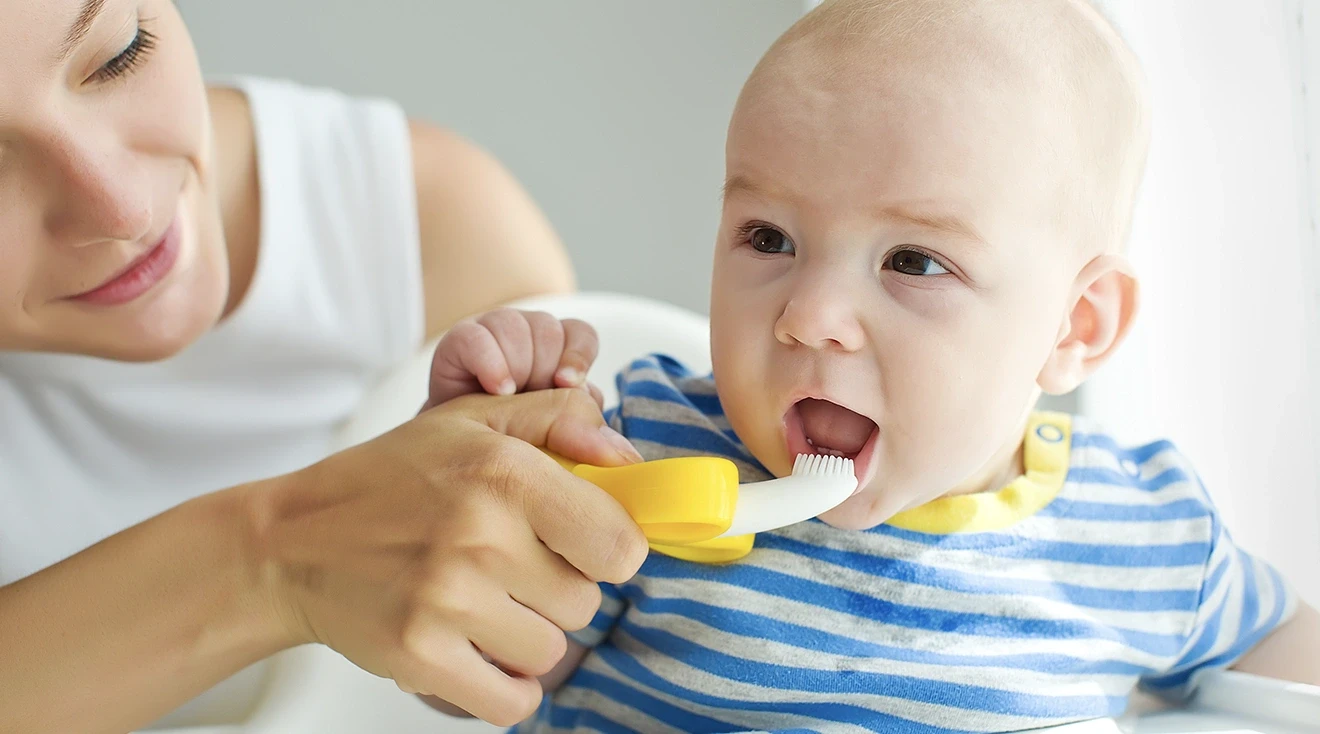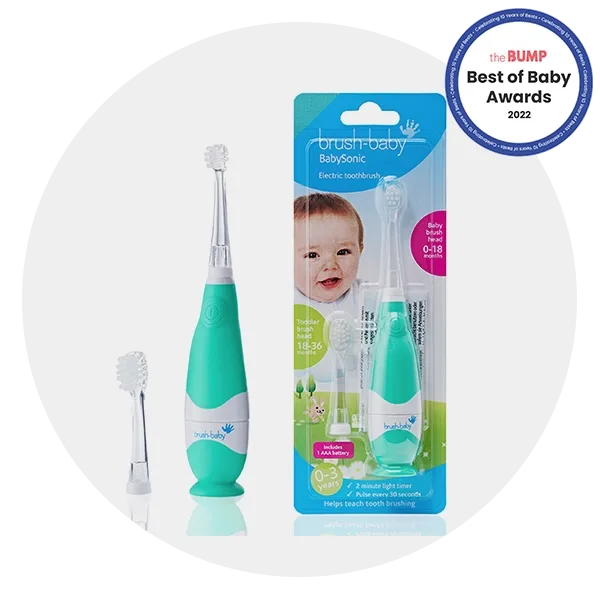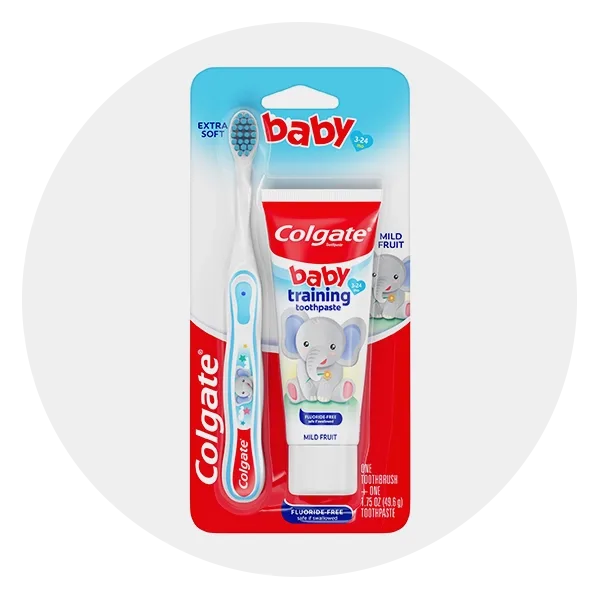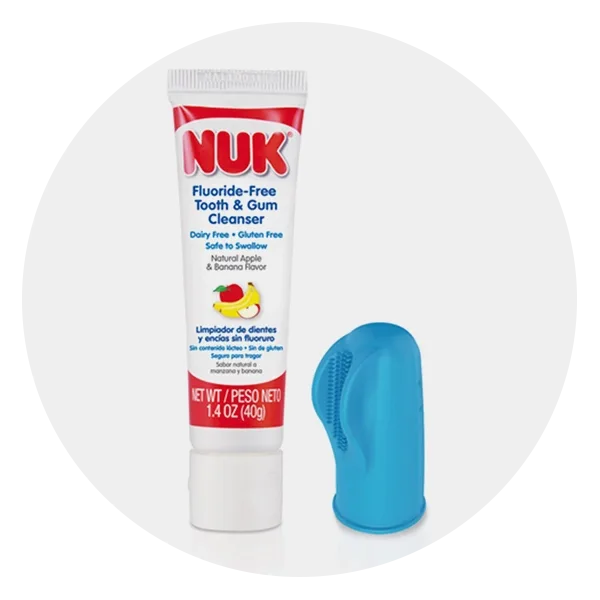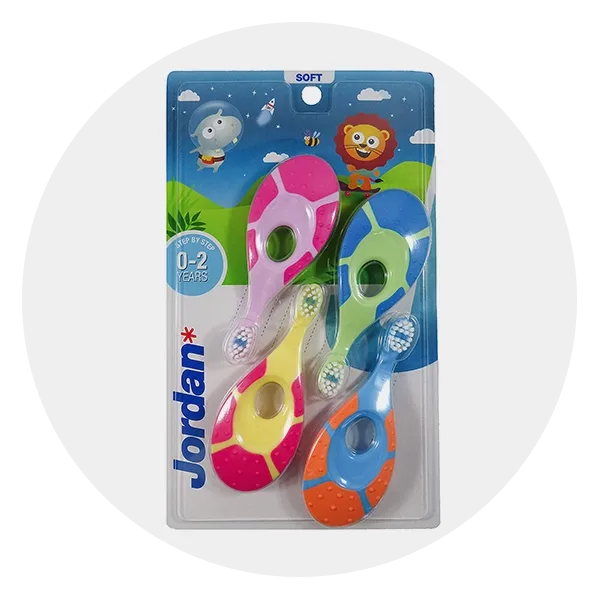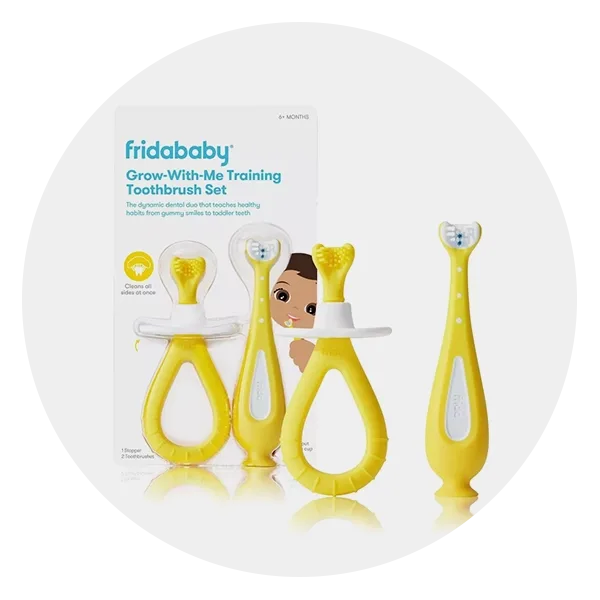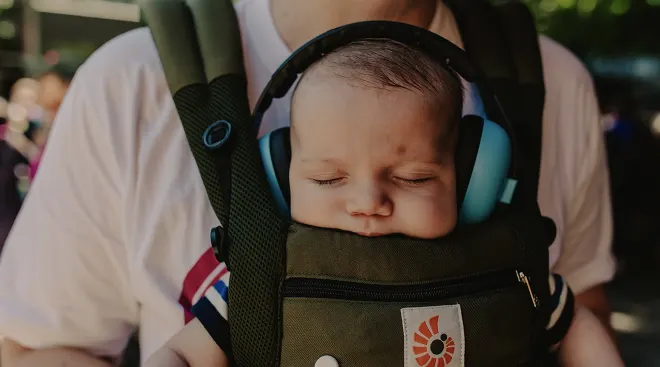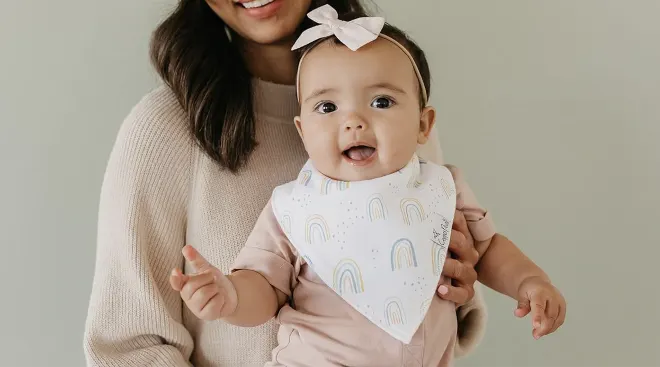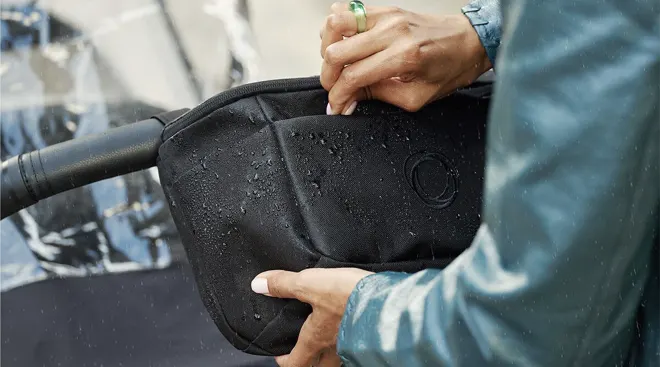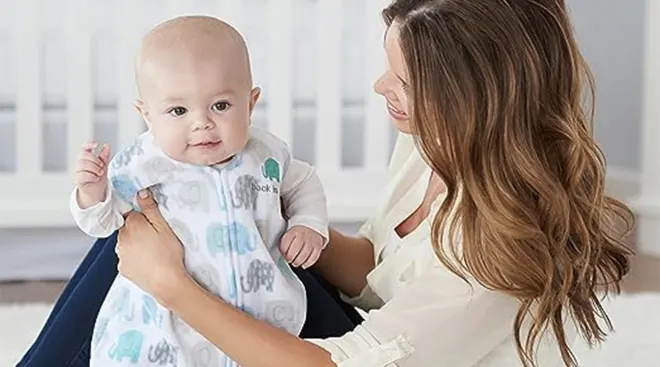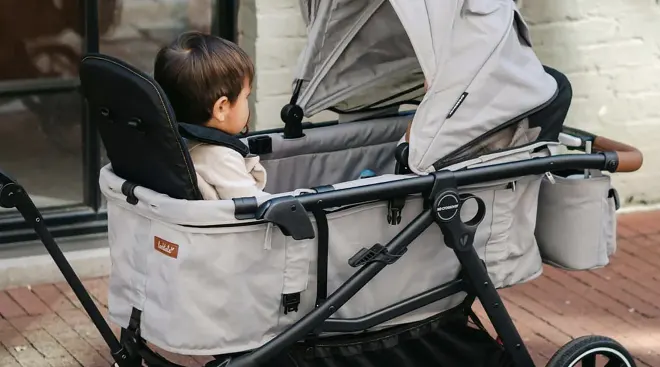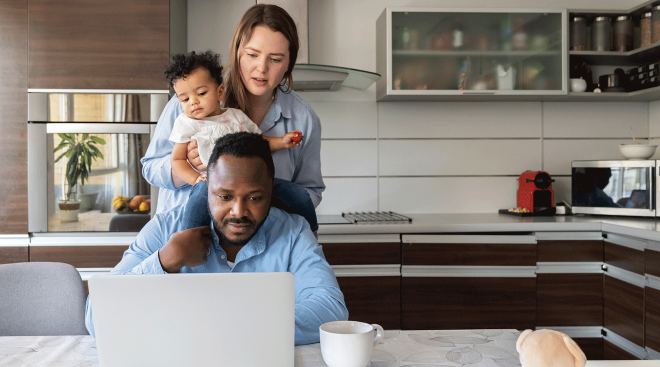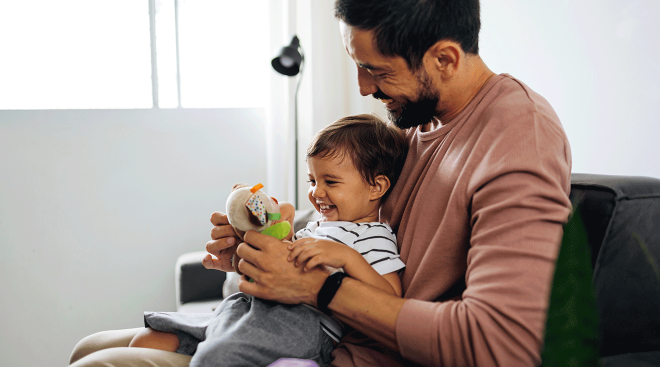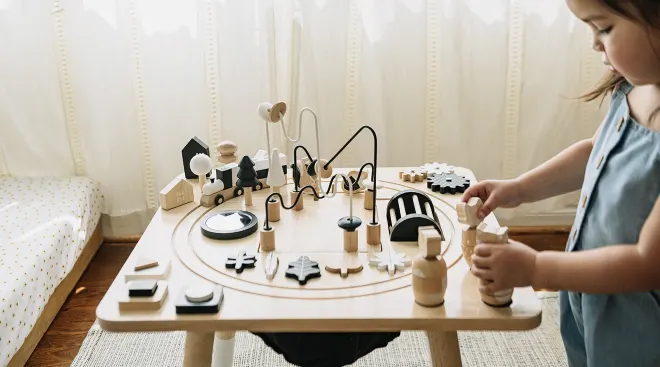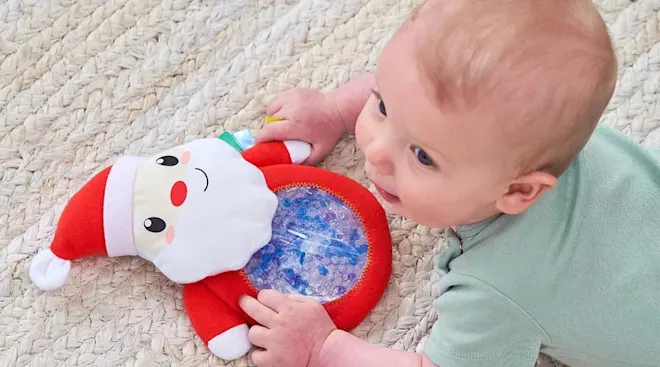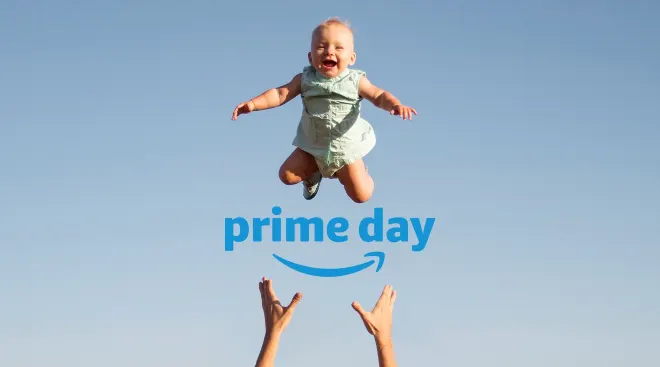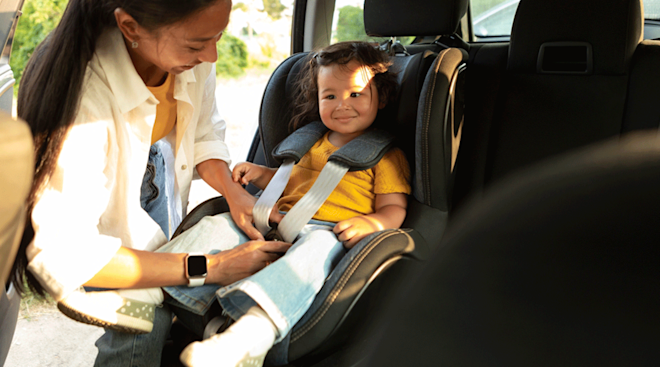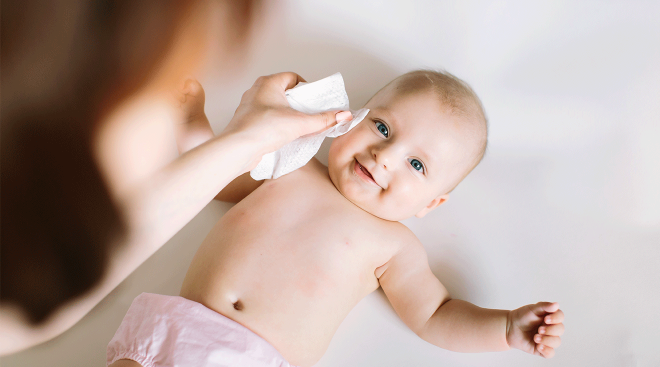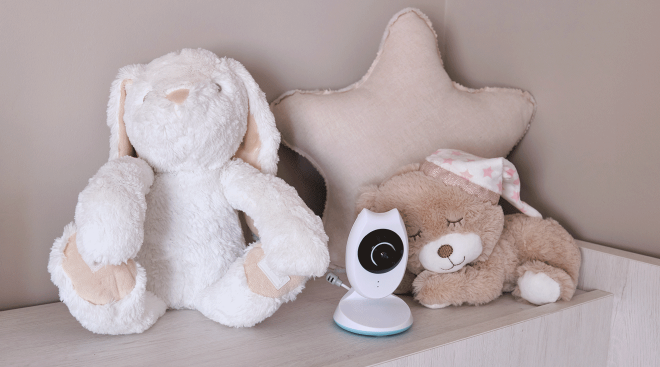The Best Baby and Toddler Toothbrushes for Happy Little Mouths
Somewhere between months 6 and 10, you can expect to see baby’s first tooth start to poke through those tiny gums. (Although tiny teeth can emerge as early as 3 months.) A great way to celebrate this major milestone? By getting a baby toothbrush! It’s important to practice good oral hygiene from the get-go, since baby teeth are susceptible to decay. Plus, by getting baby used to the routine early on, you might have less trouble getting your kid to independently brush once the toddler and preschool years roll around. Here find expert advice on what to look for and our picks of the best baby toothbrushes to choose from.
In short the answer is yes, you do need to buy a baby toothbrush. According to the American Academy of Pediatrics (AAP), one out of ten 2-year-olds already have cavities. While baby teeth will eventually fall out, early tooth decay can have long-term consequences, so it’s important to install healthy dental habits from a young age.
Breastmilk and formula contain natural sugars, which can contribute to early tooth decay. With this in mind it’s important to establish a healthy oral hygiene routine from day dot. Here are some top tips from the AAP to help you do so:
-
Find the right tool. Before baby cuts their first tooth, gently cleanse your little one’s mouth after each feed with a clean damp cloth or gauze pad. Once baby’s teeth come in, switch to a soft-bristled toothbrush.
-
Use the correct amount of toothpaste. For children under 3 years old, use a small smear of toothpaste (about the size of a grain of rice). Once your child hits the 3 year mark, begin to use a pea-size amount of toothpaste.
-
Brush twice daily. Around your child’s first birthday, create a healthy routine of brushing twice daily for 2 minutes each time. Pro tip: Use a sand timer to ensure your tot is brushing for the right amount of time.
-
Replace your kid’s toothbrush regularly. Dentists recommend replacing a child’s toothbrush every 3 months, otherwise bacteria can build up.
When it comes to early oral hygiene, there are four main types of toothbrushes to choose from: a gum massager, a teether brush, a baby toothbrush and an electric model. The best baby toothbrush is one that suits your child’s age and stage of development. Read on to learn more about the different types of baby and toddler toothbrushes and their functions:
-
A baby gum brush. This kind cleans an infant’s gums before or as the first teeth emerge. Many gum brushes can fit on your finger like a thimble, while others come in wipe form that you can wrap around your finger. You don’t necessarily need toothpaste with either of these, since the wiping action will handle the cleaning. Plus, gum brushes work best in mouths that are less toothy and more gummy.
-
A teether toothbrush. This type of toothbrush is a textured teether that, in addition to relieving gum pain, cleans baby’s mouth. You don’t need to use toothpaste with a teether brush, as baby’s chewing scrapes and cleans the teeth on its own.
-
A first baby toothbrush. Designed for baby’s that have cut their first teeth, this type is a tiny brush with soft bristles. Use it with a dab of fluoride-free toothpaste (about the size of a grain of rice).
-
A baby or toddler electric toothbrush is a pretty new concept, but it does exist! Like adult electric toothbrushes, they can do a lot of the scrubbing work for you. Add a bit of baby toothpaste and wave the brush across baby’s teeth and gums while it whirs.
-
A toddler toothbrush is built for independent tots to hold and power themselves. You may need to offer some lessons (and lots of cheerleading), but the payoff is easy-breezy dental visits. Use fluoride-free toothpaste until age 3 unless your child’s dentist suggests otherwise.
Whether you’re shopping for baby’s first toothbrush or simply want to refresh your tot’s dental hygiene toolkit, here are a few things to keep in mind:
-
Soft bristles. The most important thing to look for in an infant toothbrush? Soft bristles. Soft toothbrushes are gentle on newly-emerged teeth and sore gums, but still effectively remove bacteria and plaque. During the teething stage baby’s gums are extremely sensitive, so gentle brushing is key to a pain-free process.
-
Easy to grip. Go for a toothbrush with a large, easy to grip handle. This will make the brushing process easier for you and your kiddo.
-
Materials. The best baby and toddler toothbrushes are made from BPA- and phthalate-free materials.
When choosing a toothbrush, pay attention to the age-grading to find a brush that’s best suited to your child’s needs. Not sure where to start? Sink your teeth into this list of best baby and toddler toothbrush options out there.
Overall best baby toothbrush
- Soft bristles
- Comes with replaceable brush heads with sizes for babies and toddlers
- Sonic vibrations reduce plaque by 21 percent
- Vibrating brush head does not rotate
- Requires AAA batteries
First up on our list of the best baby toothbrushes is the BabySonic Electric Toothbrush. Designed for ages 0 to 3, this toothbrush has a generously sized handle and a compact head that lights up to help you see those hard to reach areas. Gentle sonic vibrations cut through plaque and soothe sore gums. A suction base keeps it upright for optimal cleanliness and the two-minute timer, encourages good oral hygiene habits once your tot is ready to brush independently. Is it any wonder this pick was a Best of Baby award-winner in 2022?
Best baby toothbrush and toothpaste set
- Affordable price point
- Super-soft bristles
- Non-slip handle
- Some parents say that the toothpaste is too runny
Colgate’s baby toothbrush looks like one a school-age sibling might use, but it’s actually designed for babies and young toddlers—perfect for making them feel like a big kid. The small tip has super-soft bristles and the non-slip handle is easy to wrangle. The best part? It comes with a fluoride-free toothpaste that has a mild fruity taste little kids love.
Best baby toothbrush to make brushing fun
- Made from dishwasher-safe silicone
- Soft finger brushes are gentle on tender gums
- Adding a story to your dental routine may encourage toddlers to brush their teeth
- Some parents say the book characters conform to outdated gender stereotypes
Want to make brushing fun from the get-go? Liven up your daily routine with this storybook and finger toothbrush set. It comes with four brushies made from 100 percent food-grade silicone that’s free from BPA, latex and phthalates. The coordinated book features each of the characters, plus tips on how to keep little teeth sparkly clean. Suitable from 4 weeks to 4 years.
Best baby toothbrush for teething
- Doubles as a teether
- Made from dishwasher safe silicone
- Curved handle design is easy for baby to hold independently
- Some parents say suction cup on the base doesn’t work
This banana-shaped brush is one of the best baby toothbrush options around—and not just because it’s ridiculously cute. The silicone brush boasts a pretty genius design: It’s easy for baby to hold and gnaw on, so they can gain relief from teething pain while cleaning their teeth. Pro tip: Pop it in the fridge for a few minutes before giving it to baby for instant cooling relief.
Best baby finger toothbrush
- BPA-free
- Comes with a fluoride-free cleanser
- Silicone bristles gently clean teeth and gums
- Some parents say the finger brush is too big for baby’s mouth
To scrub your little one’s gums and new teeth, pop this baby toothbrush over the top of your index finger and add a dab of toothpaste. A channel of nubby bristles lets you clean the front, back and top of a tooth simultaneously. It’s like training wheels as you progress to a big kid toothbrush.
Best baby toothbrush-teether combo
- Narrow 1cm tip
- Ergonomic handle
- Doubles as a teething ring
- Some parents say the bristles wear down quickly
Among the best baby toothbrushes is this pick by Jordan. It has a wide handle that doubles as a teething ring and a narrow brush head with super-soft bristles. The ergonomic design is easy to grip, thanks to a hole in the center that’s the perfect fit for a parent’s thumb. Better yet, a colored indicator strip on the brush head lets you know exactly how much toothpaste to add.
Best toddler training toothbrush
- Easy-grip silicone handles
- Triple-angle bristles gently clean all sides of teeth at once
- Toddler toothbrush has color-changing bristles that let you know when it’s time for an upgrade
- Some parents say their child is able to remove the safety stopper on the infant toothbrush
While your kiddo may need a helping hand at the moment, the end goal is to get them brushing independently. And this set by FridaBaby is a great tool to help you on your way. The oral care set comes with two manual toothbrushes that promote brushing independence. At 6 months, start them off with the soft silicone baby toothbrush that gently massages sore gums and cleans newly-cut teeth. Once your little hits their toddler stride (around 18 months), move on to the stage two toothbrush. It’s specially designed for tots who could use some help getting to every corner of their mouth: The triple-angled bristles blast away plaque by hugging the teeth and cleaning all sides at once. It also has a suction-cup bottom that keeps the brush upright on your sink and blue bristles that fade to white once it’s time to toss it.
Best toddler toothbrush for ages 3+
- Super-soft bristles
- Small, smooth brush head
- Easy-grip handle encourages independent brushing
- Some parents say that this toothbrush needs to be replaced more often than other brands
Last up on our list of the best baby and toddler toothbrushes is this pick by Radius. Approved by the American Dental Association, this brush is designed for ages 3 and up—aka that tricky stage when baby teeth begin to wobble and fall out. It has exceptionally soft bristles made from vegetable-derived nylon that are gentle on sensitive mouths but tough on plaque. A non-slip handle is easy for little hands to get to grips with and it’s made without any synthetic dyes or toxins.
Please note: The Bump and the materials and information it contains are not intended to, and do not constitute, medical or other health advice or diagnosis and should not be used as such. You should always consult with a qualified physician or health professional about your specific circumstances.
Plus, more from The Bump:
Navigate forward to interact with the calendar and select a date. Press the question mark key to get the keyboard shortcuts for changing dates.
































